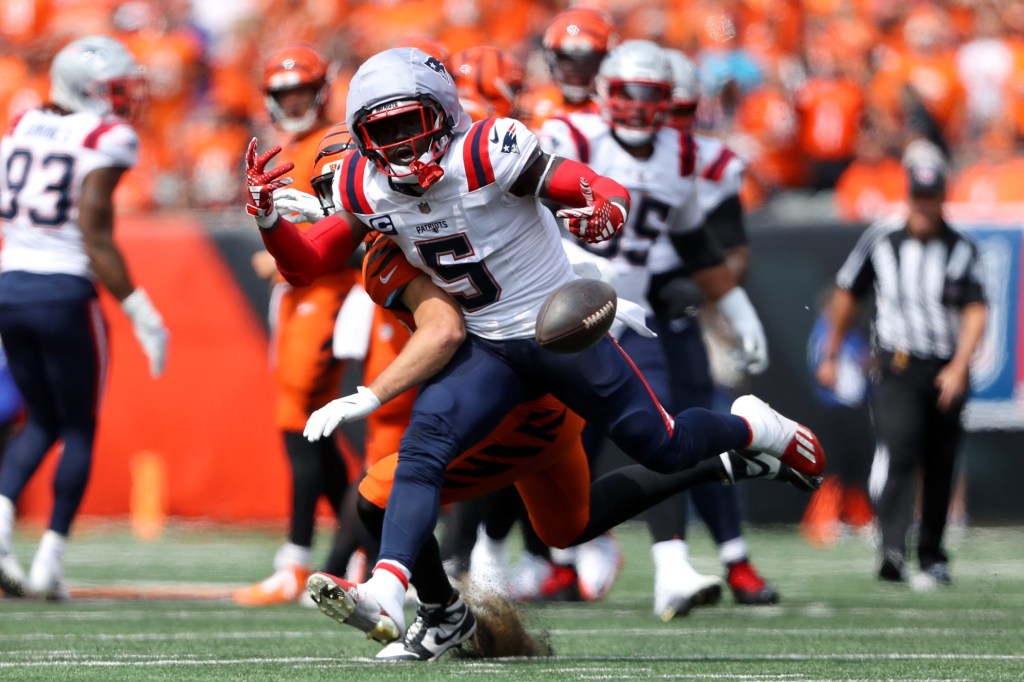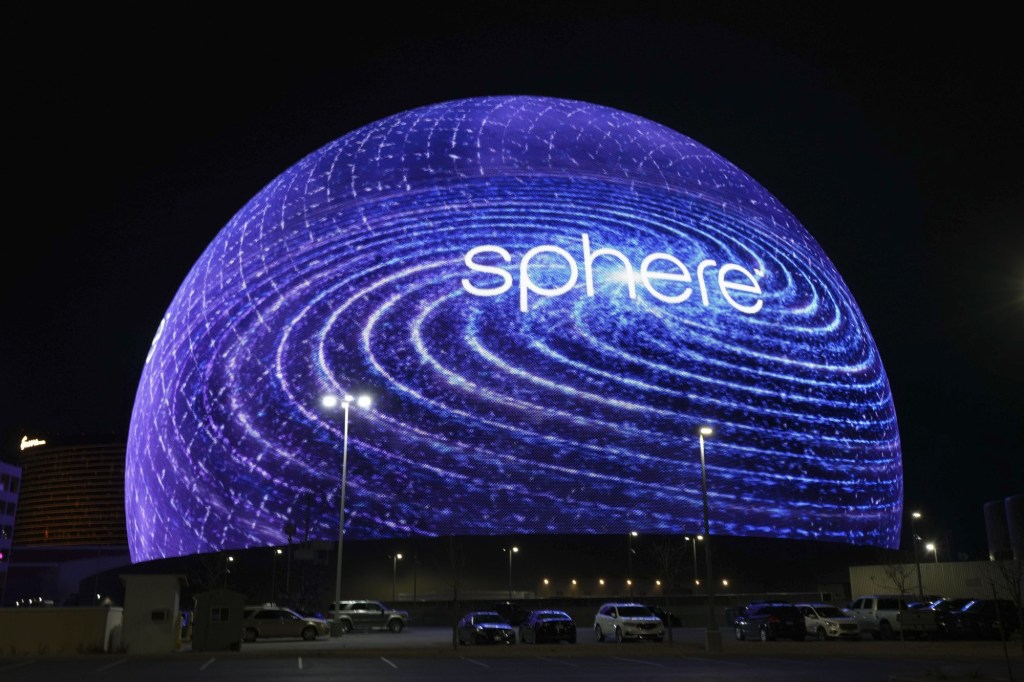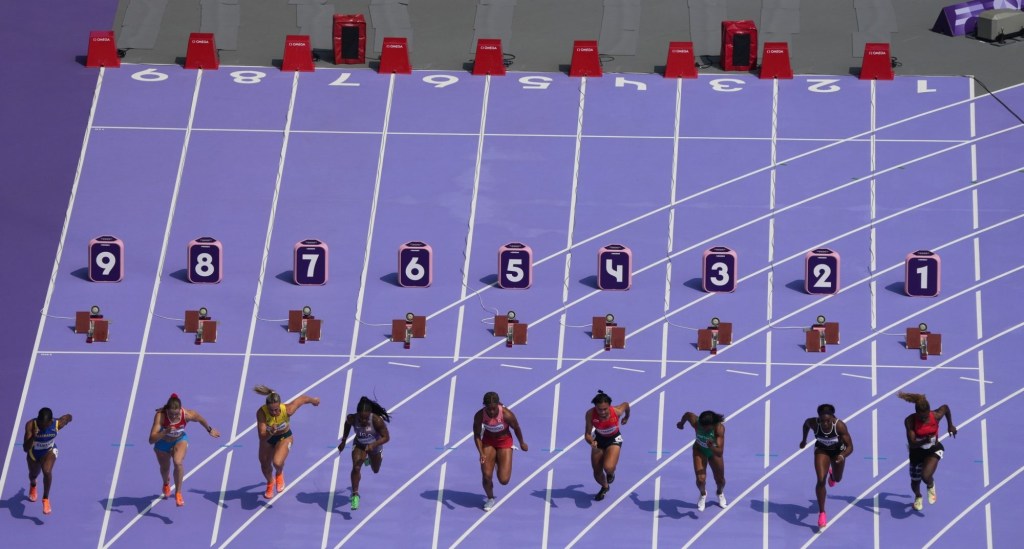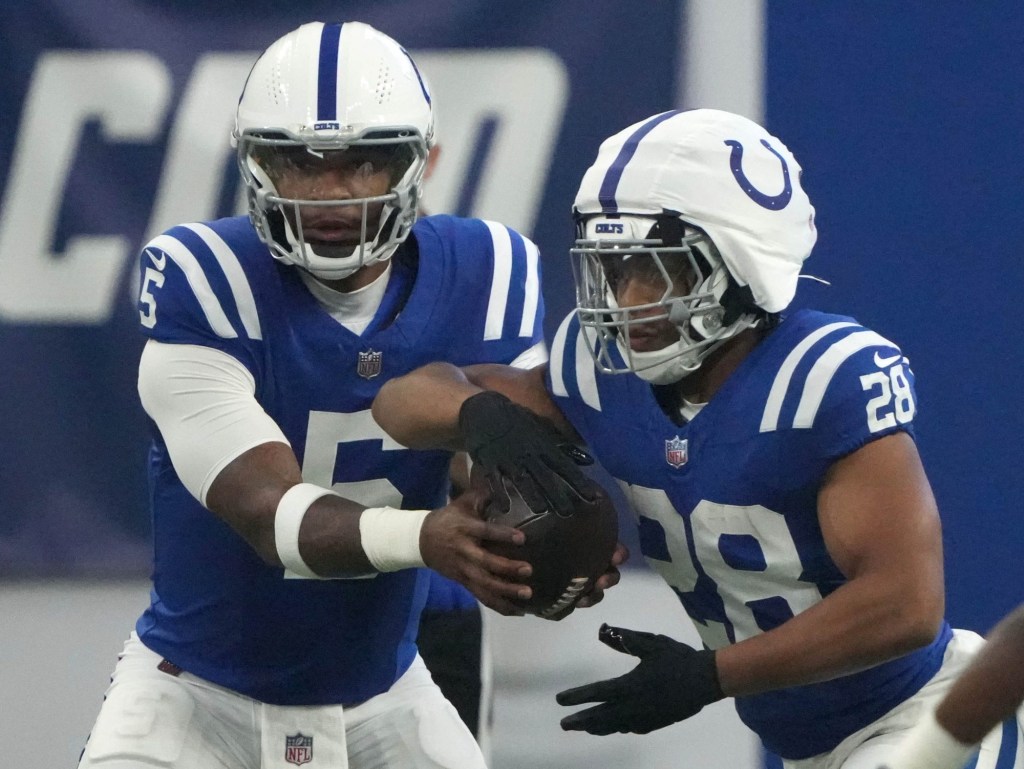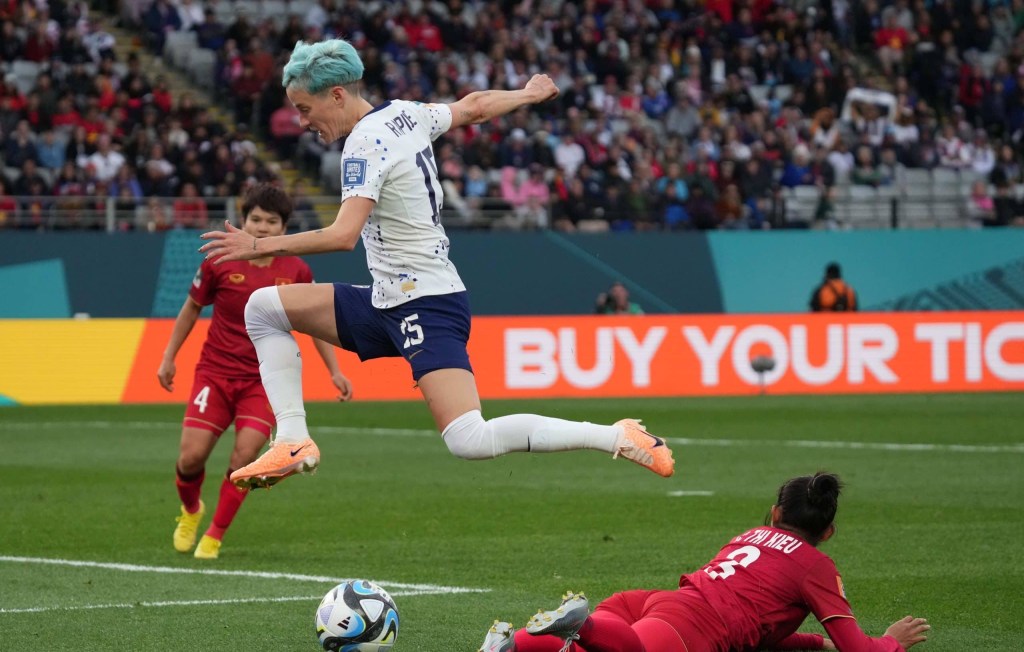
Photo via Pat Evans
CES Sports Zone on Tuesday and Wednesday is dominated by the discussion of opportunities in data and technology in sports.
The first day of CES opened with a presentation by Sports Innovation Lab’s CEO Angela Ruggiero and President Josh Walker about the transformative effect technology is having on the sports world. The technology is disruptive and changing not only the way athletes perform, but how fans are made.
“This is only accelerating,” Walker said. “You can expect there’s a hype cycle, but that doesn’t seem to be the case in sports. Now everyone is getting in on it and moving forward.”
Sports Innovation Lab hosts the discussions at Aria Resort and Hotel during the first two days of CES, which tackles the five categories that make up the sports technology ecosystem.
READ MORE: VenueNext Focused on Ways to Make Data More Actionable in 2019
The category of Quantified Athlete is perhaps the most in-demand, with more than 700 companies in the space and a well-defined market of athletes and teams looking to improve performance on the field.
But it’s the other four categories, Ruggiero said, that provide intrigue. The supply side is there, and it’s what the demand side will do moving forward and how its taken advantage of in the market. The other four categories of sports technology are Smart Venue, Next Generation Sponsorship, Immersive Media, and esports.
The past decade has seen a three-fold increase in technology companies in the sports world, and there’s an enormous amount of capital flowing in, Ruggiero said.
“The supply side is taking off; sports is not insulated from tech disruption,” she said.
[mc4wp_form id=”8260″]
Off-the-field, the most noticeable impact right now is how fan interaction with sports is changing. Walker said no longer are fans chained to their local team. His son in Boston is a Minnesota Timberwolves fan, simply because that’s the team he was drafted by when he was playing NBA 2K.
Likewise, fantasy sports and gambling further can change who fans root for on a day-to-day basis.
“These are fundamental issues that are created by the power of the consumer to choose by technologies in the market,” Walker said.
On a regular-season Thursday Night Football game between the Tennessee Titans and Jacksonville Jaguars, Walker said there were 16 separate ways to watch and engage. Fans could choose a way to watch and interact with friends, in VR or bet.
“If you don’t think it’s changing the fundamental business model, the sponsorship model, the rights model, you’re crazy,” Walker said. “It’s not sports competing with sports. It’s sports competing in the media economy.”
READ MORE: How Riddell Is Changing the Game With New Football Helmet Technology
New entries into the broadcasting industry are forcing the hand of traditional broadcast partners in sports. Amazon, for example, has the ability to mine a near-infinite amount of consumer data and technological infrastructure to define its moves in the sports industry.
“Amazon is buying rights, but also creating opportunities for rich sports and doing things fundamentally transformative,” Walker said. “Amazon is fundamentally changing what’s in the space. It sets the pace of what ESPN and NBC Sports have to do to keep pace with a new entrant changing the way fans expect to consume media.”
The supply side, as Ruggiero said, is plentiful. How the teams, leagues, and broadcast partners “react and begin to utilize the information and changes will determine how well they succeed.”
“I love that this industry is adopting technology,” said Ruggiero. “The competitive pressures are forcing us and I don’t think it’s insulated. The fan is changing. The companies that understand the fan the best are making the game-changing moves and the rest of the industry has to fundamentally understand the consumer, which is the fan.”










